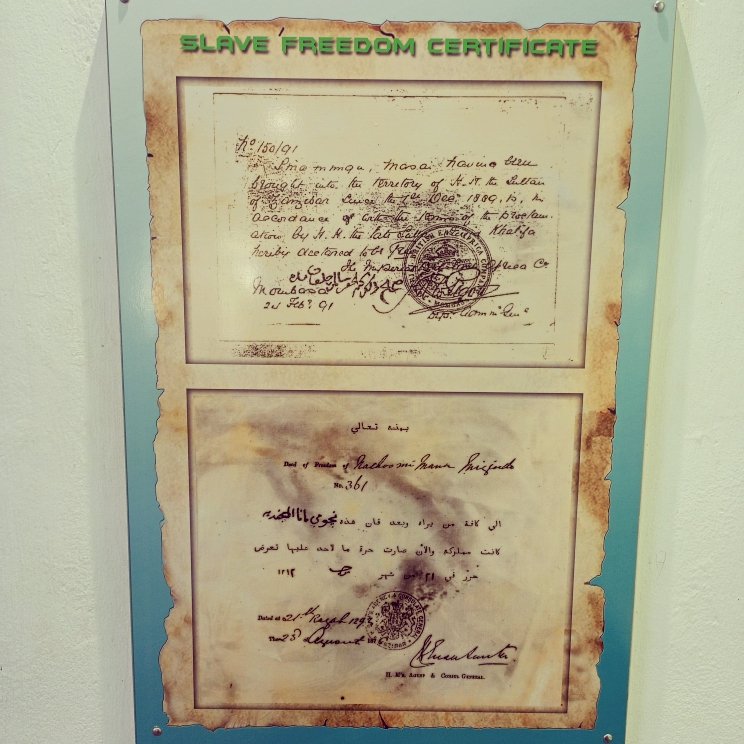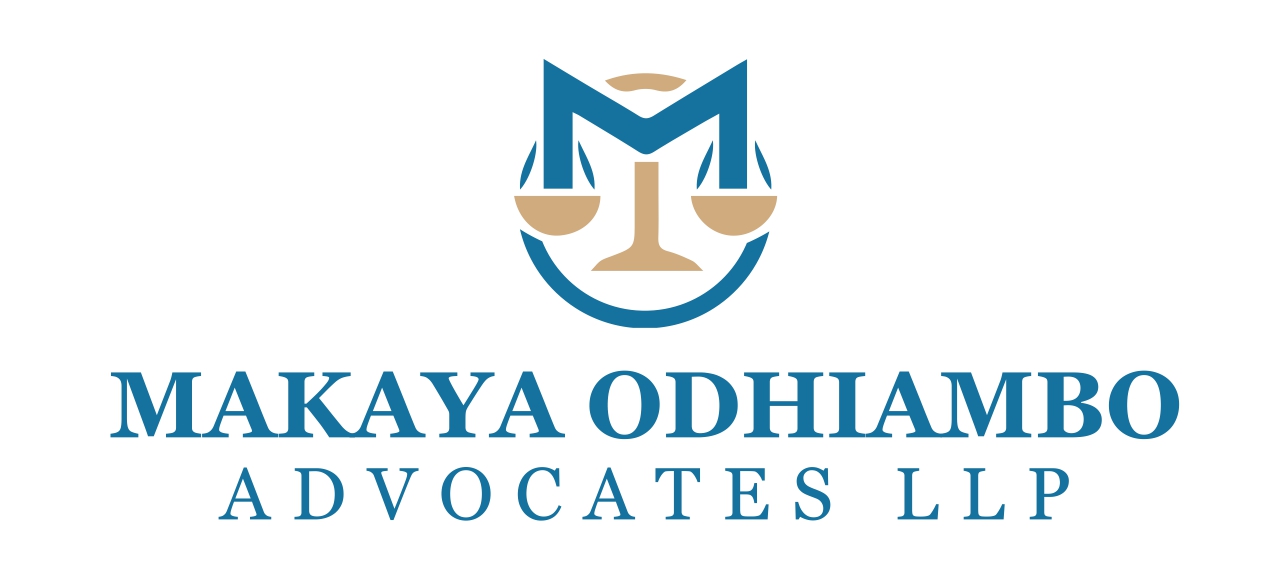The pictured certificate is a Slave Freedom Certificate at the Rabai Museum that was signed off in Mombasa in February of 1891. It must have been for an ex-slave who resettled at the Rabai Mission Station. I can make out the seal of the Imperial British East Africa Company (IBEAC)-Mombasa. IBEAC administered the territory then but from 1897, courts were legally authorised to grant freedom to slaves with a freedom certificate. I can also read the words ‘…having been brought into the territory of the Sultan of Zanzibar…is hereby acertained to be free’. I got immense help from Dr. Maryam Badawy in translating the Arabic writings on the certificate. They read, “to all those who see this, we confirm that (name of person inserted) was a slave and is now free, no one has anything (or should do anything) to her”. The writings indicate the Slave Freedom Certificate was for a female slave.
Emancipation from slavery and the changes it brought wasn’t for everyone, there were many slaves who never applied for their freedom. For instance, very old slaves living on plantations, they did not know how to start over (picture an ex-inmate who has served time for many years). Slaves who had become their Masters’ concubines were also required to remain in their relations “unless they should demand their dissolution on the ground of cruelty, in which case the District Court shall grant it if the alleged cruelty has been proved to its satisfaction”.
To appease slave-owners, lest the Sultan faced a backlash, there was a compensation cost (£81,000) that his administration borrowed from the National Bank of India to meet. The slave-owners were to be paid compensation for any legally held slaves as per the Emancipation Decree. The compensation for slaves varied depending on physical condition, health, age and skills they possessed. For an able-bodied slave the higher fixed amount was 60 Rupees, which was equivalent to five months wages I.e what the ‘Master’ could have earned from his slave. The higher fixed amount was for slaves who worked as carpenters, masons, trainers or workmen of any kind, including female slaves who worked in the house, cooks and those who served as housekeepers. Old, sick or weak slaves fetched a compensation fee of between 40 to 50 Rupees.
The effects of slavery rocked society in many ways. One example is how freed female ex-slaves found an unaccommodating society. A 1900 ‘moral sweep’ of an increased no. of brothels in the outskirts of Zanzibar found 75% of women who occupied and did business there to be ex-slaves.
Sources;
Dan Munga, curator-Dr. Krapf Memorial Museum, Rabai…
‘Emancipation and Post-emancipation in Zanzibar’ by Saada Omar Wahab.
SUPPORT: We are a non-funded entity kept alive solely by our readers’ thirst for the undocumented and not adequately documented aspects of our past. The logistics of getting these stories can sometimes be a challenge. We would appreciate your support. To support Pwani Tribune’s history and culture research plus content creation…M-PESA till number: 8627478 Contact: +254726860693



